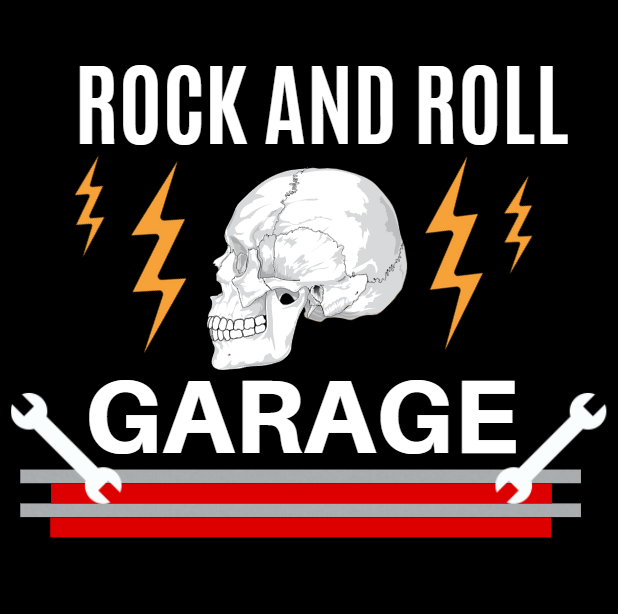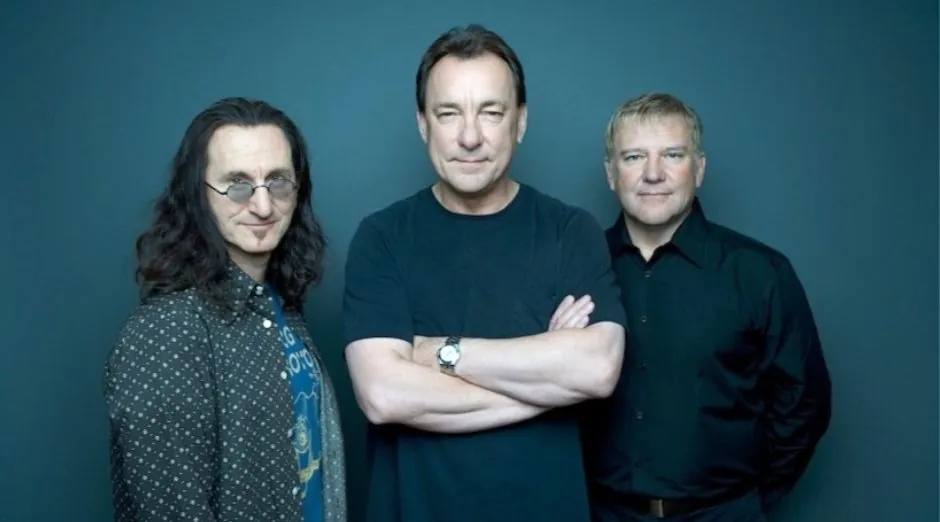Neil Peart was one is of the best drummers of all time. The Canadian musician that took Rush and drumming to another level died at 67 and left us amazing songs. To honor this amazing musician and the amazing power trio he formed with the equal legendary Alex Lifeson (guitar) and Geddy Lee (vocals, bass, keyboards), here is a list of the best 14 Rush songs to honor Neil Peart’s memory.
The best 14 Rush songs to honor Neil Peart
“Anthem” (1976)
This song is the opening track of Rush’s second studio album “Fly By Night”. The first one to feature the amazing Neil Peart, that replaced John Rutsey. Besides becoming the drummer, Peart also wrote almost all the lyrics to the songs of the album.
“Fly By Night” (1976)
From the classic album of the same name, this songs is one Rush’s most remembered songs. It is from this album that the band sets aside hard rock blues, and gradually takes on its true form, progressive rock.
“2112” (1976)
2112 is the fourth studio album by Rush. It contains the seven-part suite consisting of Geddy Lee and Alex Lifeson, with lyrics by Neil Peart telling a dystopian story that takes place in the year 2112. It’s sometimes described as a concept album, although songs on the second side are unrelated to the suite. Rush repeated this arrangement again on his 1978 album Hemispheres.
“Xanadu” (1977)
“Xanadu” from Rush’s album A Farewell to Kings. It has eleven minutes long, beginning with a five-minute-long instrumental section before transitioning to a narrative written by Neil Peart, which in turn was inspired by the Samuel Taylor Coleridge poem Kubla Khan.
“La Villa Strangiato” (1978)
This song is considered one of the most difficult songs to play in history. The 9:37 song, the fourth and final track of the album, was Rush’s first entirely instrumental piece. The multi-part piece was inspired by a dream guitarist Alex Lifeson had, and the music in these sections correspond to the occurrences in his dream.
“The Spirit of Radio” (1980)
This is one of the most cheerful and famous songs of the power trio. The title of the song was inspired by Toronto radio station CFNY-FM’s slogan. It was significant in the growing popularity of the band, because it was more accessible song for the radios. It was less progressive and shorter.
“Freewill” (1980)
This song was another radio friendly relase by Rush that helped to band get more radio coverage. The music was composed by Geddy Lee and Alex Lifeson, and its lyrics written by Neil Peart.
“Tom Sawyer” (1981)
This one is definately the most famous Rush song, presente on their also most successful album “Moving Pictures”. The song came about during a summer rehearsal vacation that Rush spent at Ronnie Hawkins’ farm outside Toronto. Peart was presented with a poem by Dubois named “Louis the Lawyer” (often incorrectly cited as “Louis the Warrior”) that he modified and expanded.
“Red Barchetta” (1981)
This amazing tune was was inspired by the futuristic short story “A Nice Morning Drive”, written by Richard Foster and published in the November 1973 issue of Road & Track magazine. The story describes a similar future in which increasingly stringent safety regulations have forced cars to evolve into massive Modern Safety Vehicles (MSVs), capable of withstanding a 50-mile-per-hour (80 km/h) impact without injury to the driver.
“YYZ” (1981)
Another great Rush instrumental song, “YYZ” the IATA airport identification code of Toronto Pearson International Airport, near Rush’s hometown. The band was introduced to the rhythm as Alex Lifeson flew them into the airport. A VHF omnidirectional range system at the airport broadcasts the YYZ identifier code in Morse code. Peart said in interviews later that the rhythm stuck with them.
“Limelight” (1981)
The song’s lyrics were written by Neil Peart with music written by Geddy Lee and Alex Lifeson. It expresses Peart’s discomfort with Rush’s success and the resulting attention from the public. The song paraphrases the opening lines of the “All the world’s a stage” speech from William Shakespeare’s play As You Like It; the band had previously used the phrase for its 1976 live album.
“The Big Money” (1985)
This great song from the album Power Windows peaked at #45 on the Billboard Hot 100 and #4 on the Mainstream Rock chart. The title comes from John Dos Passos’s novel The Big Money, part of his U.S.A. trilogy. Rush had previous referenced Dos Passos with the song “The Camera Eye,” from the album Moving Pictures.
“Time Stand Still” (1987)
One of Rush’s most pop songs, “Time Stand Still” was made in partnership with American pop singer Aimee Mann.
“Time Stand Still” was the first track Neil Peart wrote for Hold Your Fire. According to Peart, he wrote the lyrics for “Time Stand Still” based on his time with Rush:
“All through the ’70s our lives were flying by; we spent so much time on the road that it became like a dark tunnel. You start to think about the people you’re neglecting, friends and family. So the song is about stopping to enjoy that; with a warning against too much looking back. Instead of getting nostalgic about the past, it’s more a plea for the present.”
“Cold Fire” (1993)
This great 90s Rush songs is from the album Counterparts, that is the fifteenth studio album by them. The song went through several rewrites.

